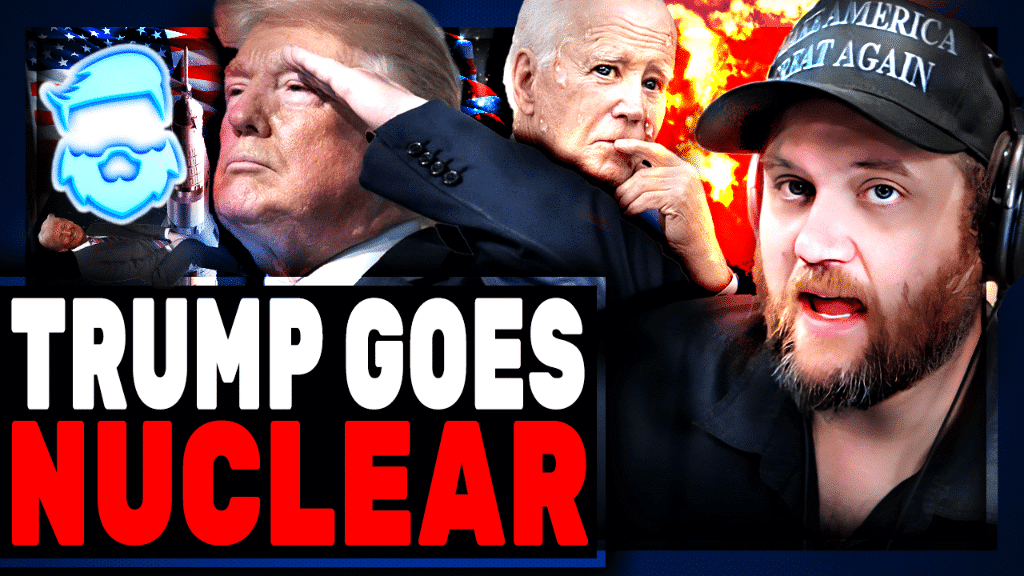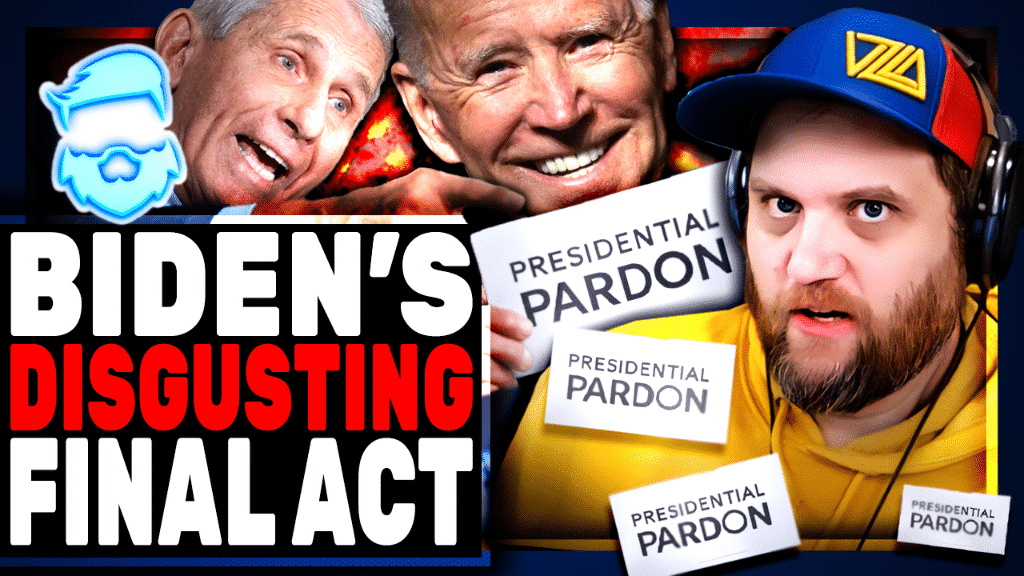When Rachel Izzo woke up on Saturday morning, she wasn’t sure protesting was in the cards. It was chilly, her friend had canceled and it had been a long week at work. But she decided she needed to go.
“I said, If I don’t go to this, I’m going to be mad,” Izzo admitted, as she gripped a poster of a coat hanger, a longtime symbol of the abortion rights movement. “If I don’t show up, I’m going to be just … sitting back and letting it happen. And I don’t want to be a part of that.”
She’s one of several thousands who protested on the National Mall as part of the People’s March, a mobilization put together by a coalition of left-leaning and progressive organizations opposing President-elect Donald Trump’s incoming second-term agenda.
It comes nearly eight years after hundreds of thousands came to Washington for the Women’s March, just one day after Trump’s first inauguration. It stands as the largest single-day protest in U.S. history.

This year, as Democrats and left-leaning voters grapple with the reality of a second Trump term, many are also working through what effective opposition may look like moving forward.
For Izzo, who works as a nurse in the District of Columbia, Trump’s second election win stung. She told NPR that as a sexual assault survivor, she’s worried about how the president-elect may control the Department of Justice. She’s part of a federal inquiry into the policing of sex crimes in New York City.
“If Trump shuts that down, it’ll be really hard. So that’s one reason why I’m out here. I’m saying I do not want them to win,” she said. “I am tired of fighting. But who’s going to do it?”
Izzo is not alone in that exhaustion. Multiple protesters and organizers spoke about feeling tired or knowing others in their community who felt resigned following Trump’s decisive win last fall.
It’s something that may have played a factor in turnout on Saturday. Organizers told NPR that more than 50,000 attended. It’s a tenth of the crowd seen eight years earlier when half a million people congregated in Washington, D.C., and 4.6 million people marched nationwide.
“There were 10, 20 times as many people the first time,” Karen Elkin of northern Virginia estimated as she stood near the Lincoln Memorial and looked across the reflecting pool.
“I had like ten people staying at my house from all over the country,” she added. “And I have zero people staying at my house this time.”
“We never set out to try to meet or exceed that first march,” People’s March organizer Tamika Middleton told NPR in an interview before the protest. “We’re in a different place, and we’re in a different moment.”
Middleton serves as the managing director for Women’s March, which led logistics for the demonstration on Saturday.

















